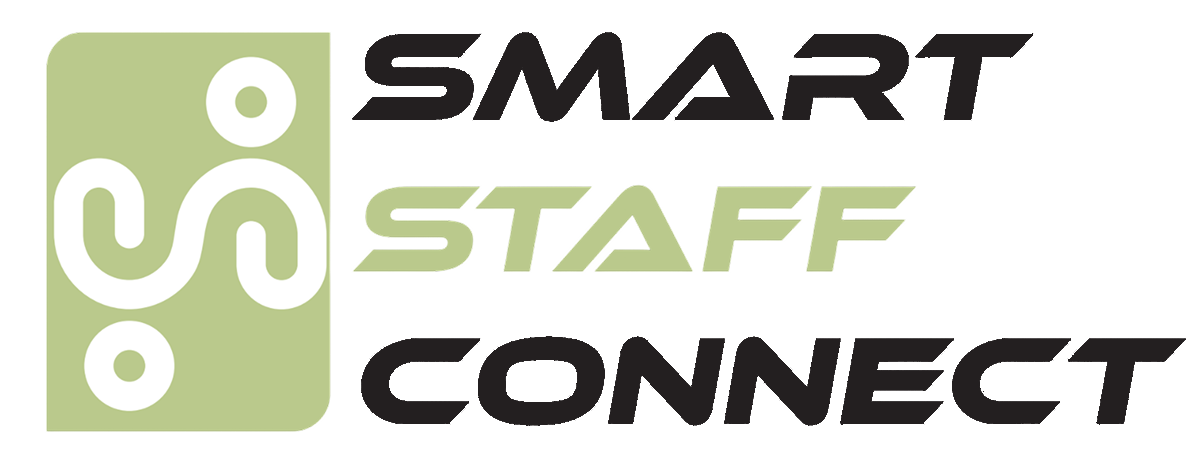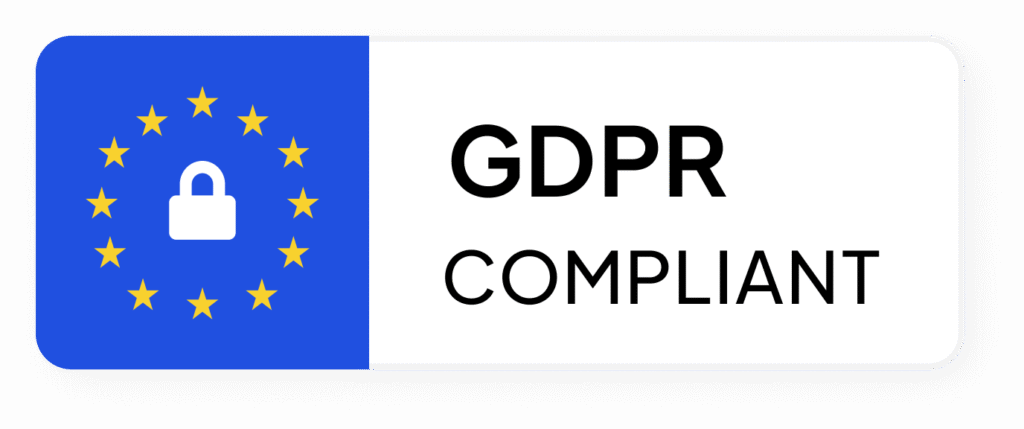Creating Effective Job Descriptions: A Key to Attracting the Right Talent
A well-crafted job description is one of the most powerful tools in your recruitment toolkit. Yet too often, businesses fall into the trap of reusing outdated descriptions or rushing through the process with vague or generic wording. The result? You attract a poorly matched talent pool, waste valuable time in interviews, and risk missing out on the perfect candidate.
Taking the time to write clear, accurate, and engaging job descriptions doesn’t just improve hiring outcomes—it also reflects positively on your organisation’s professionalism and culture.
Here’s how to get it right.
Why Job Descriptions Matter
Job descriptions shouldn’t be treated as a one-off formality or a box-ticking exercise. A strong job description serves multiple purposes throughout the employee lifecycle:
- Attracting the Right Candidates
A detailed and specific job description helps potential applicants quickly assess whether they’re a suitable match. This leads to better quality applications and a more efficient recruitment process. - Defining the Role Clearly
It acts as a reference point for the employee, outlining their core responsibilities, key objectives, and expectations. This clarity becomes especially valuable during appraisals, probation reviews, or discussions about promotion. - Supporting Line Managers
For line managers—particularly those newly appointed—it provides guidance on the roles within their team and helps align management expectations with individual contributions.
What to Include in a Job Description
An effective job description should be structured, informative, and compelling. Below are the key components to include:
- Job Title
Ensure the title is accurate and reflects the seniority and scope of the role. Avoid overly creative or ambiguous titles that might confuse candidates or limit visibility in job searches. - Team and Departmental Context
Outline where the role fits within the organisation, including the department, team structure, and key stakeholders. - Reporting Lines
Clearly state who the role reports to, as well as any direct reports or internal relationships that are crucial to the role. - Key Responsibilities
List the main duties and responsibilities in order of importance. Be specific, using action verbs, and avoid vague phrases such as “assist with” or “handle various tasks.” - Objectives and Goals
Describe what success in the role looks like. This might include short-term priorities, longer-term objectives, or measurable targets. - Progression Opportunities
Outline any potential for career growth, internal mobility, or progression within the company. High-performing candidates often look for roles with a clear future. - Qualifications and Experience
Include required education, certifications, previous experience, and any technical skills that are essential for the role. - Soft Skills and Personal Attributes
Highlight behavioural qualities that would enable a candidate to thrive in the role—such as communication skills, adaptability, or leadership potential. - Location and Travel Requirements
Specify the work location, any flexibility for hybrid or remote working, and whether travel is expected as part of the job. - Remuneration and Benefits
Whenever possible, provide a salary range and summarise the benefits package. This transparency helps attract serious and suitable candidates. - Company Culture and Values
Use the description to reflect your organisation’s identity—whether it’s collaborative, innovative, people-centred, or fast-paced. A few well-chosen lines about your values or work environment can set the tone.
Best Practices When Writing Job Descriptions
- Keep It Realistic
Avoid creating an exhaustive wish list of responsibilities or requirements. Prioritise what’s essential to the role and what can be developed over time. - Use Inclusive Language
Aim for neutral, inclusive wording that encourages diverse applicants. Avoid gender-coded phrases or jargon that might alienate otherwise qualified candidates. - Review and Update Regularly
Job descriptions should evolve with the role. Revisit and refresh them annually, or whenever a team or business restructure occurs. - Collaborate Across Teams
Involve hiring managers, team members, and HR when drafting job descriptions to ensure accuracy and alignment across the business.
Conclusion
Investing the time to create clear, well-thought-out job descriptions will pay dividends—not only in attracting better candidates but also in supporting employees’ development and helping managers lead more effectively.
Think of your job descriptions as living documents that reflect both the needs of your business and the ambitions of your employees. When crafted with care, they become a cornerstone of successful hiring and long-term employee satisfaction.


